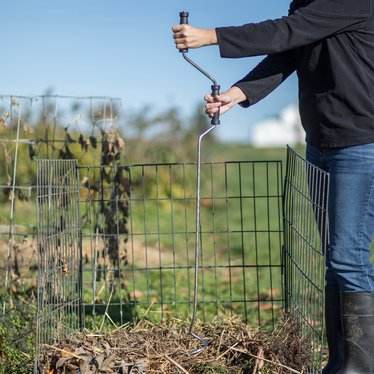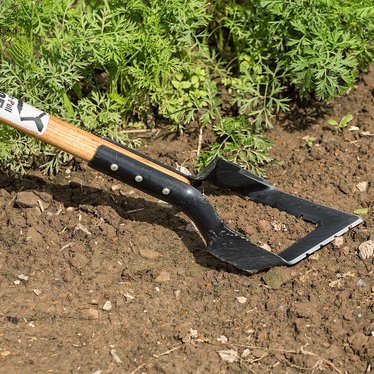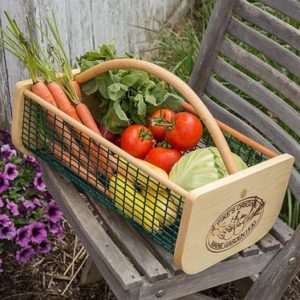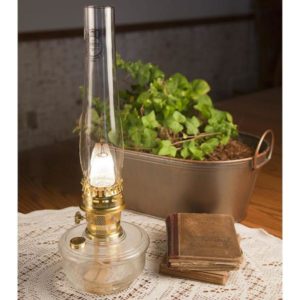Late winter is difficult, isn’t it? The urge to start working in the garden can be so strong it almost hurts. Sure, we can (and should) scratch that gardening itch by planting some seedlings indoors, but that doesn’t get us outside.
Since it’s too early in most parts of the country to put seeds in the ground, perhaps it’s time to turn your attention to soil preparation. Since soil is the medium in which all plants grow, it’s in your garden’s best interest to have the soil as healthy as possible.
There are two ways to help plants grow, which can be loosely categorized as short-term and long-term solutions. Fertilizing plants is a time-honored short-term solution. A well-timed shot of nitrogen or other nutrients will boost plant growth; but it does nothing in the long run for soil health. For true long-term garden benefits, the best thing you can do is build your soil.
The wonderful thing about a garden is how much it allows you to recycle organic waste into productive amendments. Everything from kitchen scraps to livestock manures can be composted and added to the soil to enrich it. If your soil is particularly hard and clay-y, then inorganic components such as sand also play a role in making the earth more friable.

You can compost your organic household waste with indoor compost pails (don’t worry, they’re odor-free, and many have filters as well). For outdoor composting, there are many do-it- yourself options to build bins. You can also use enormous “saks” to gather leaves and other organic debris, or use wire mesh to cage in leaves for decomposition (some enterprising types even use a “compost crank” to aerate their piles).
Once you have your amendments, it’s time to dig it into the soil. Ideally, you’ve done some fall prep on your garden by applying mulch, shredded leaves, composted manure, wood chips, and other organic material so the winter’s weather had a chance to break these components down. But even if you didn’t get around to piling these materials in your garden last fall, it’s not too late to dig them into the soil now.
Tools such as pitchforks and broadforks can make this digging immensely easier, and specialized hoes (and even hand-powered rotary cultivators), along with an array of hand tools, can make weed control much simpler.

Some gardeners like to “solarize” their soil by putting plastic sheeting over the dirt to cook and kill weeds, often in high summer. Temperatures are usually too cool in early spring to use this technique; but you can use a modified version by laying out clear plastic (to heat the ground and encourage weeds to germinate early), then – once the weeds have emerged – replacing the clear plastic with black plastic to block sunlight and kill the weeds.
However you approach your garden (mulching, composting, solarizing, loosening), late winter and early spring is the best time to make sure your plant medium – the soil – is at its premium. Your soil will thank you by producing beautiful flowers, herbs, fruits, and vegetables.






























